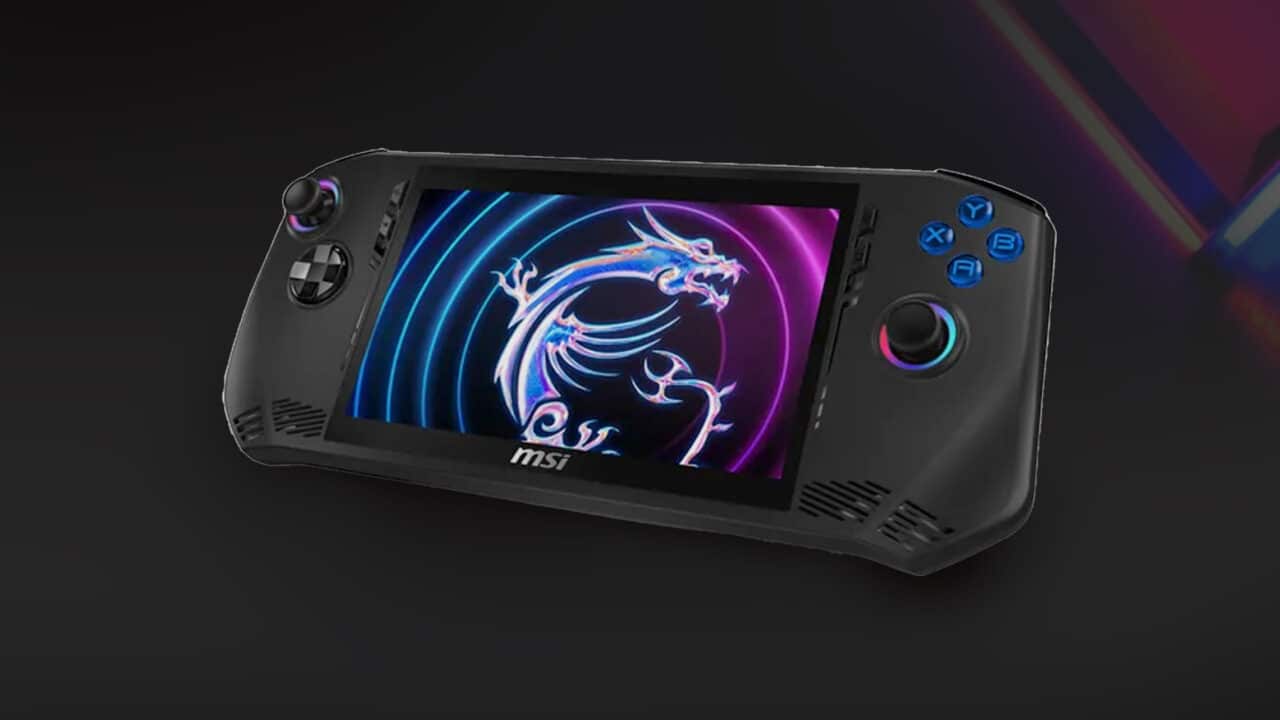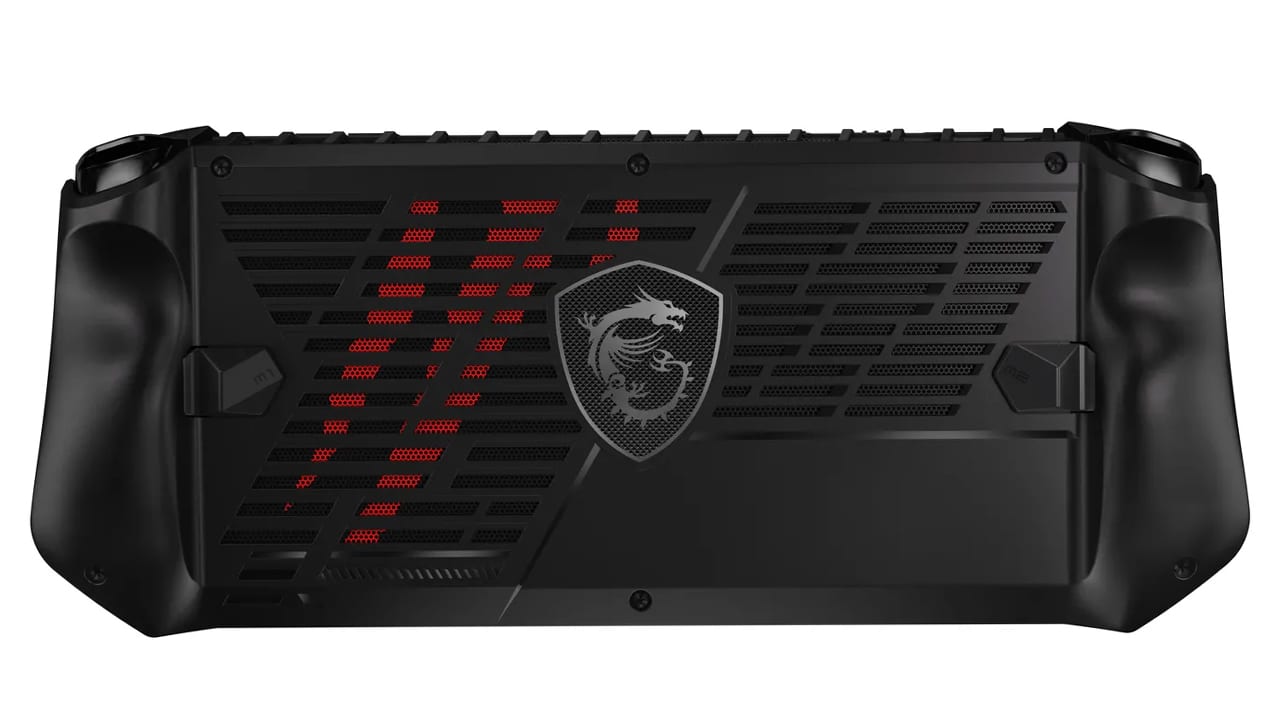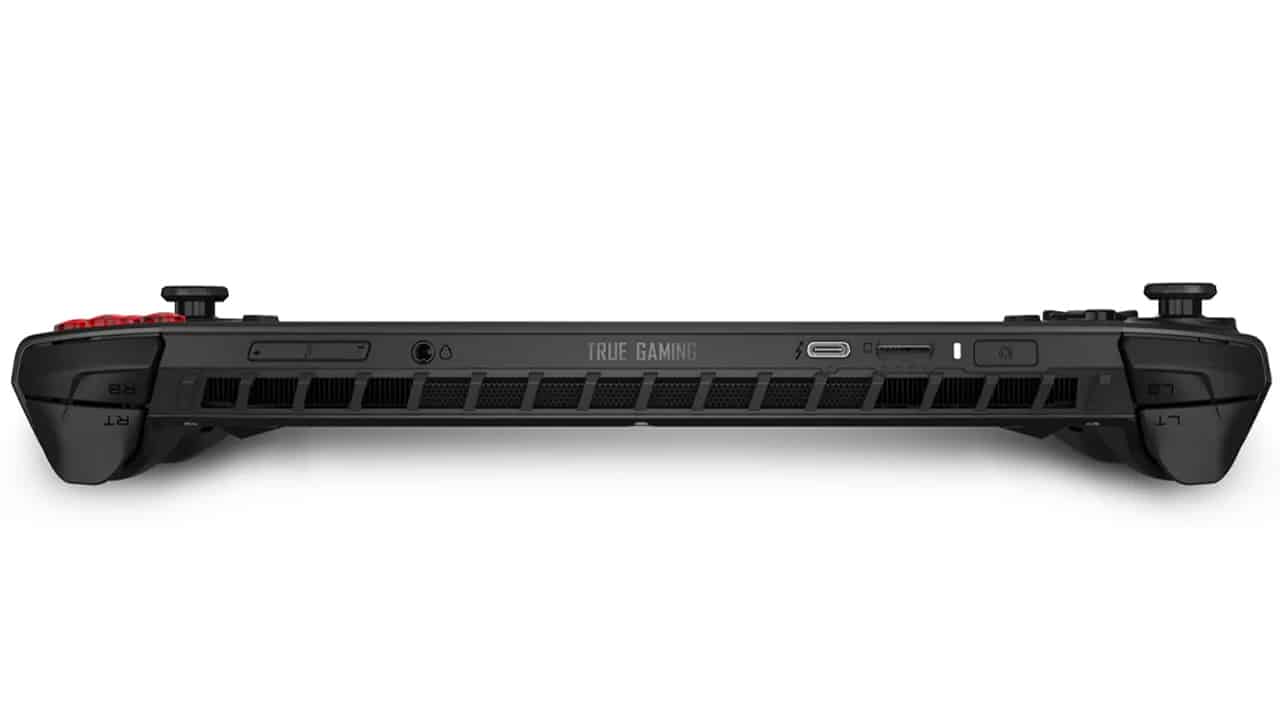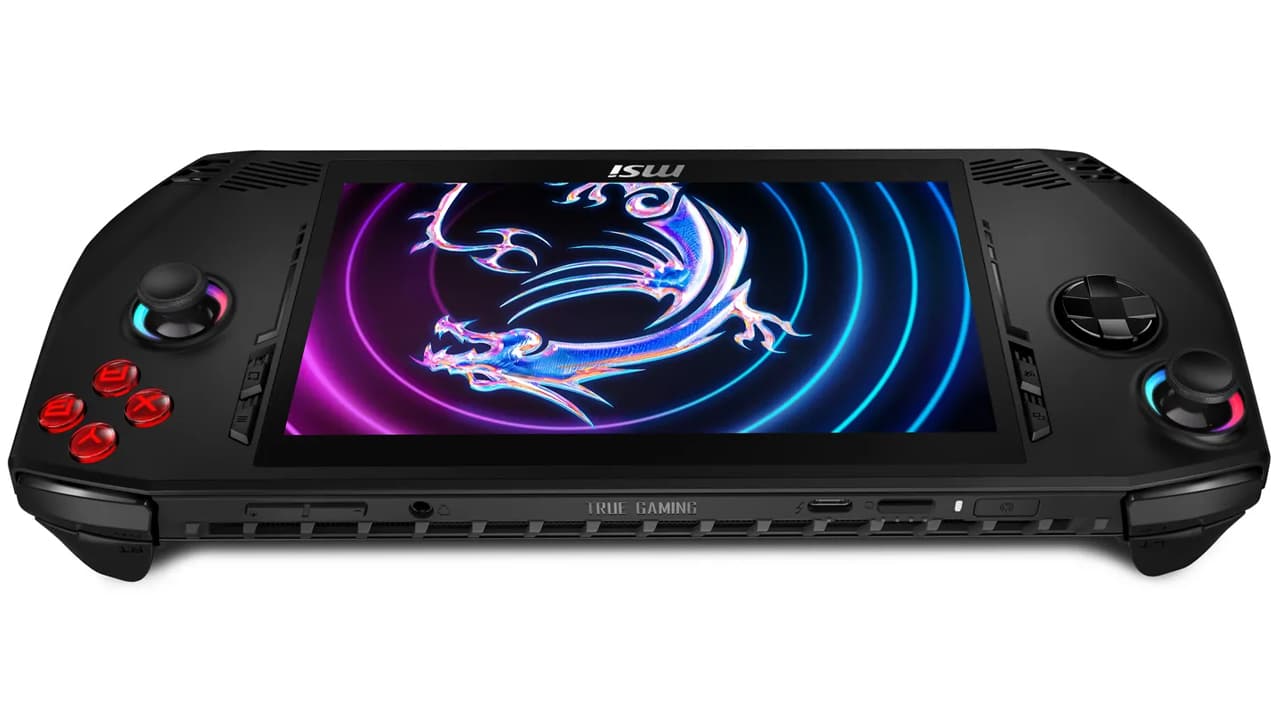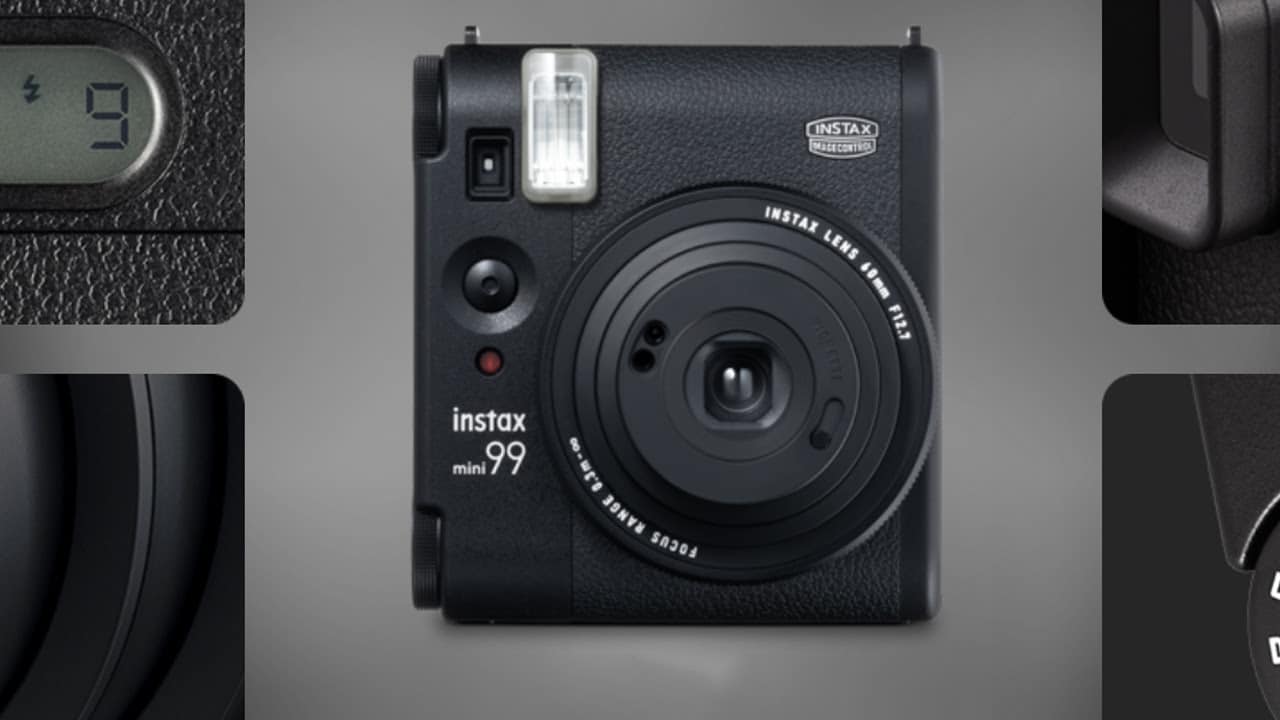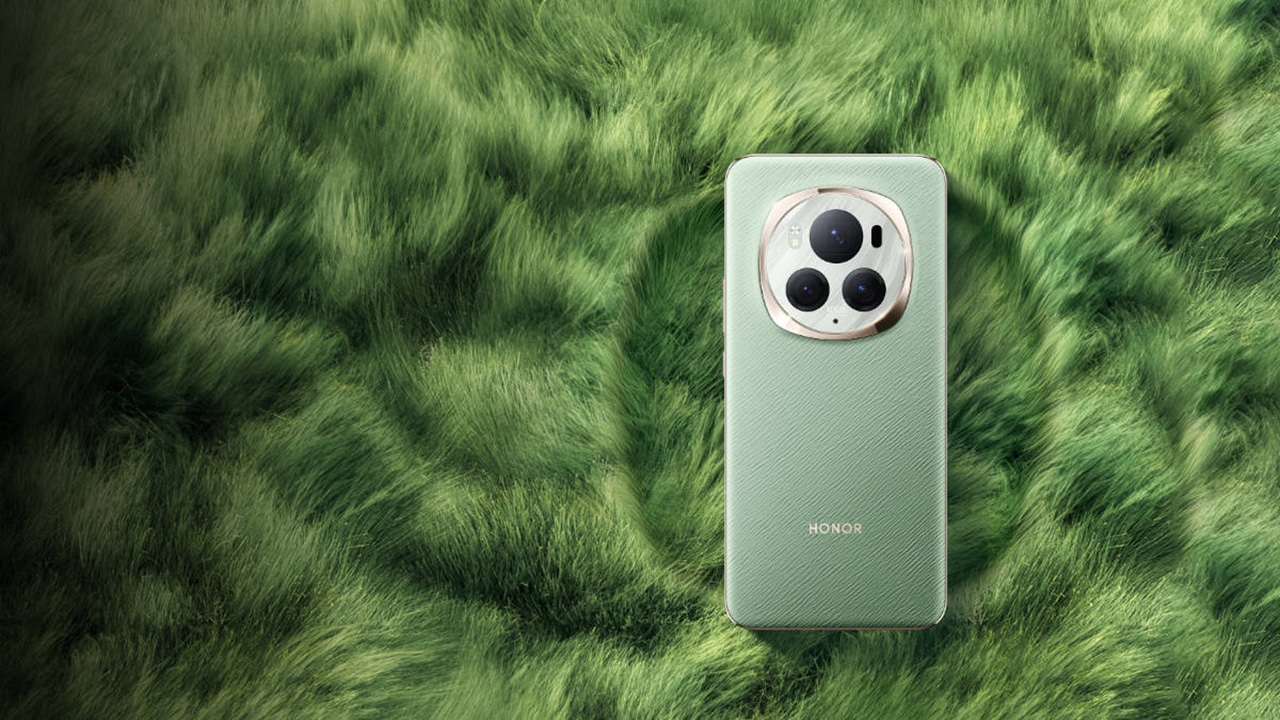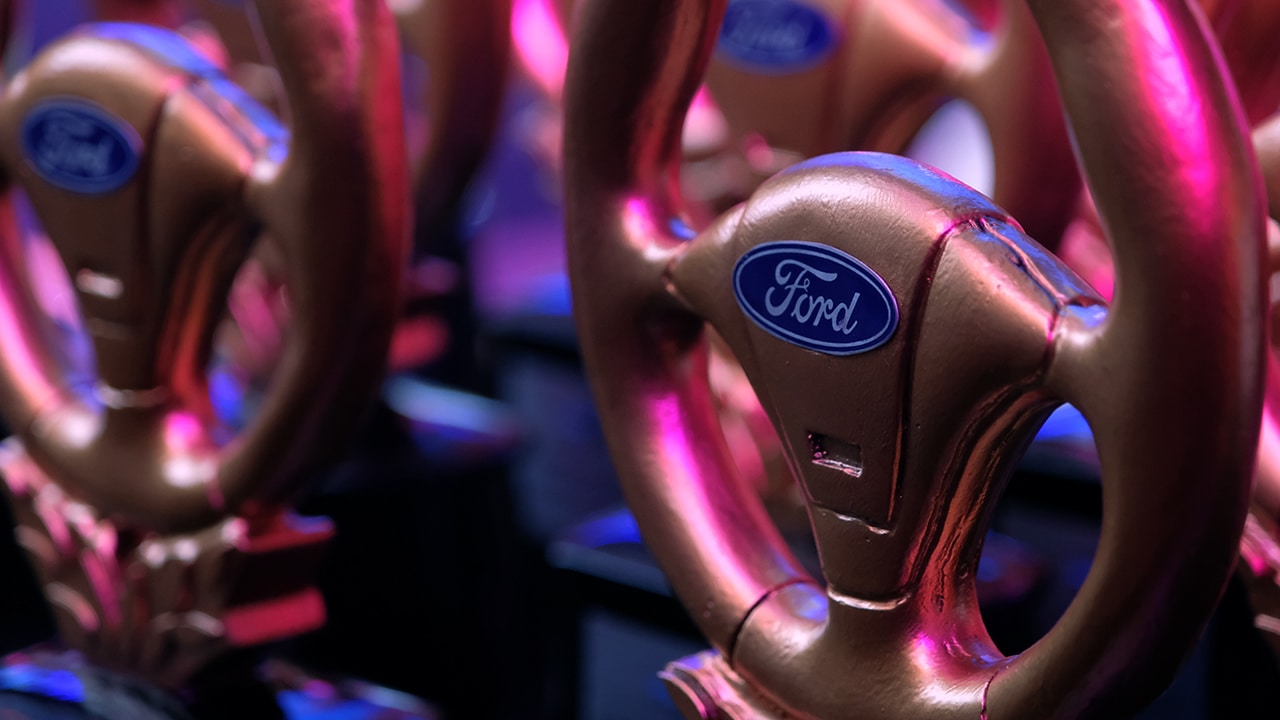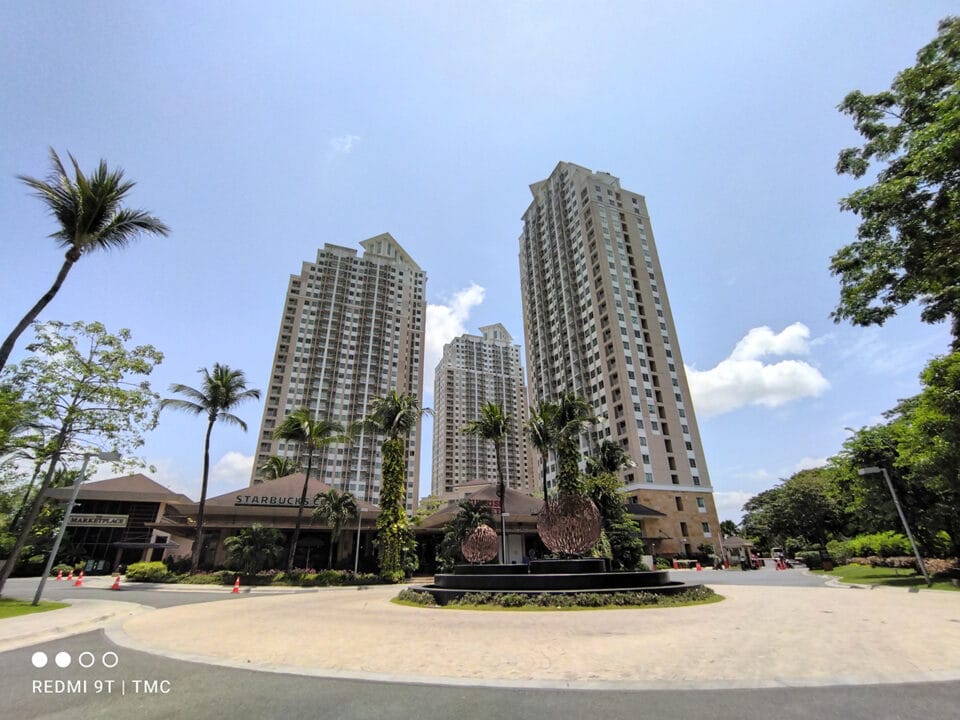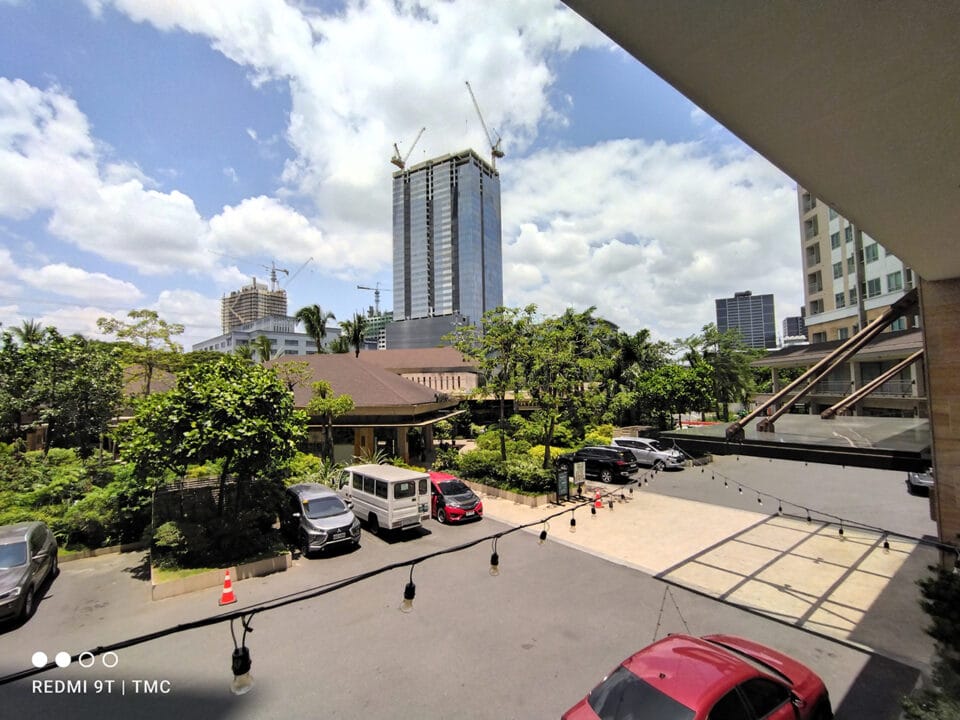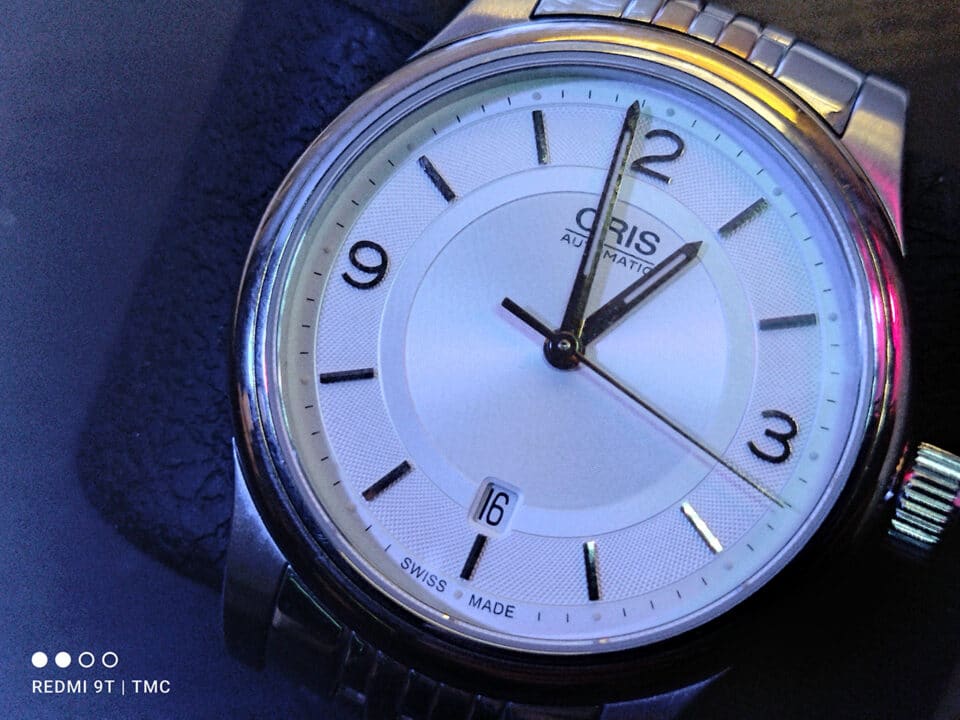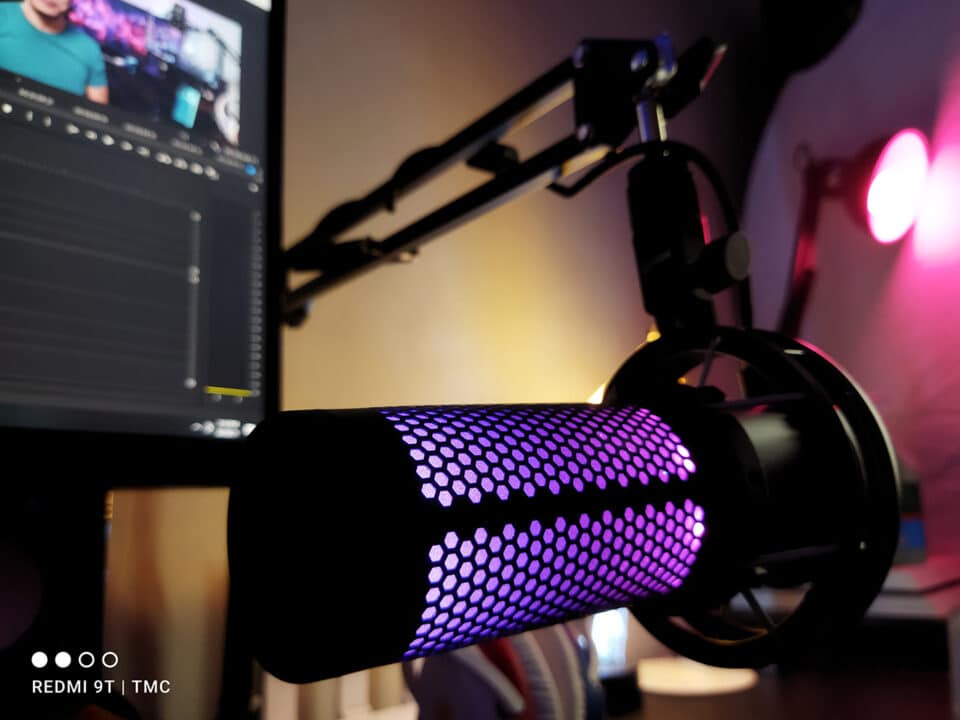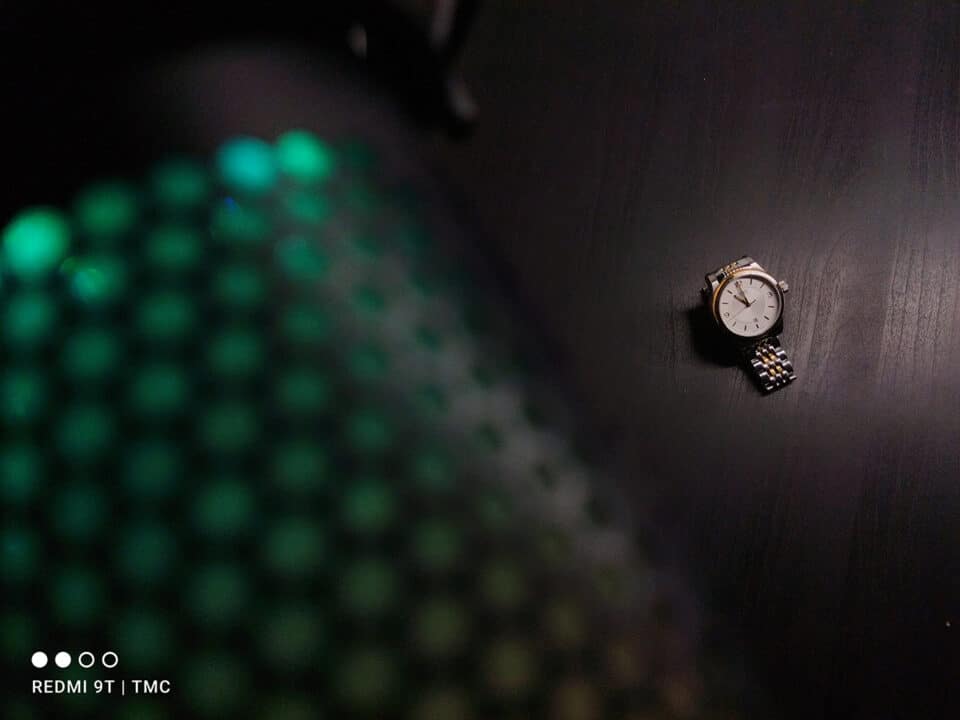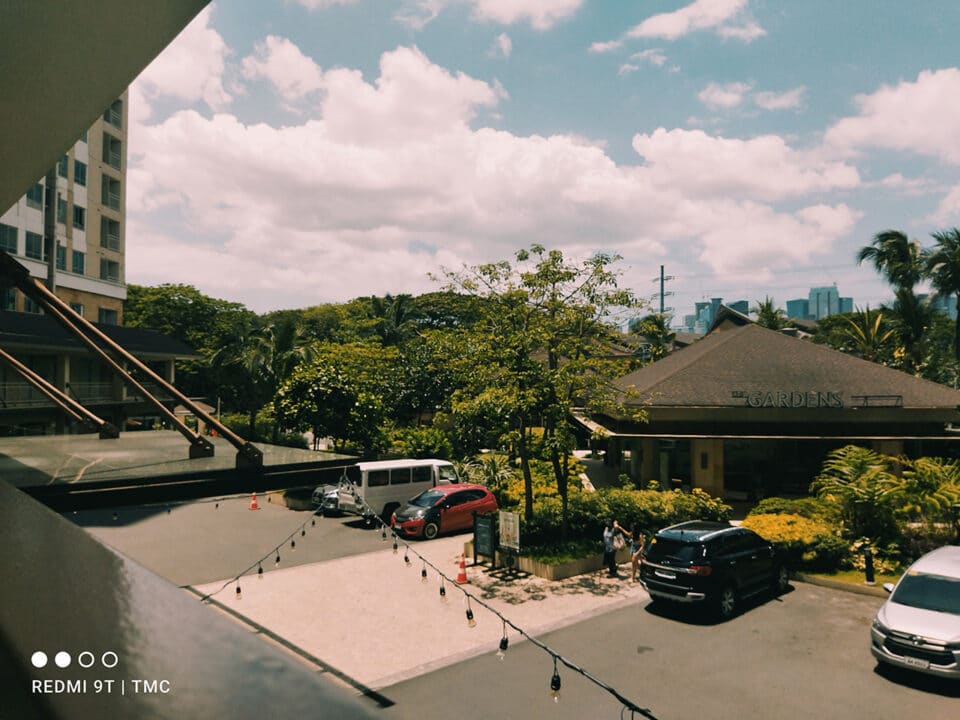04/08/2021
Aiming to offer bang-for-the-buck entry-level smartphone, Xiaomi has started the year with the introduction of the Redmi 9T. We’ve had it for a while now and after using it as a daily phone, you might wonder if it’s worth its PhP 6,999 price tag.
Spoiler alert — it is and here’s why!
Design
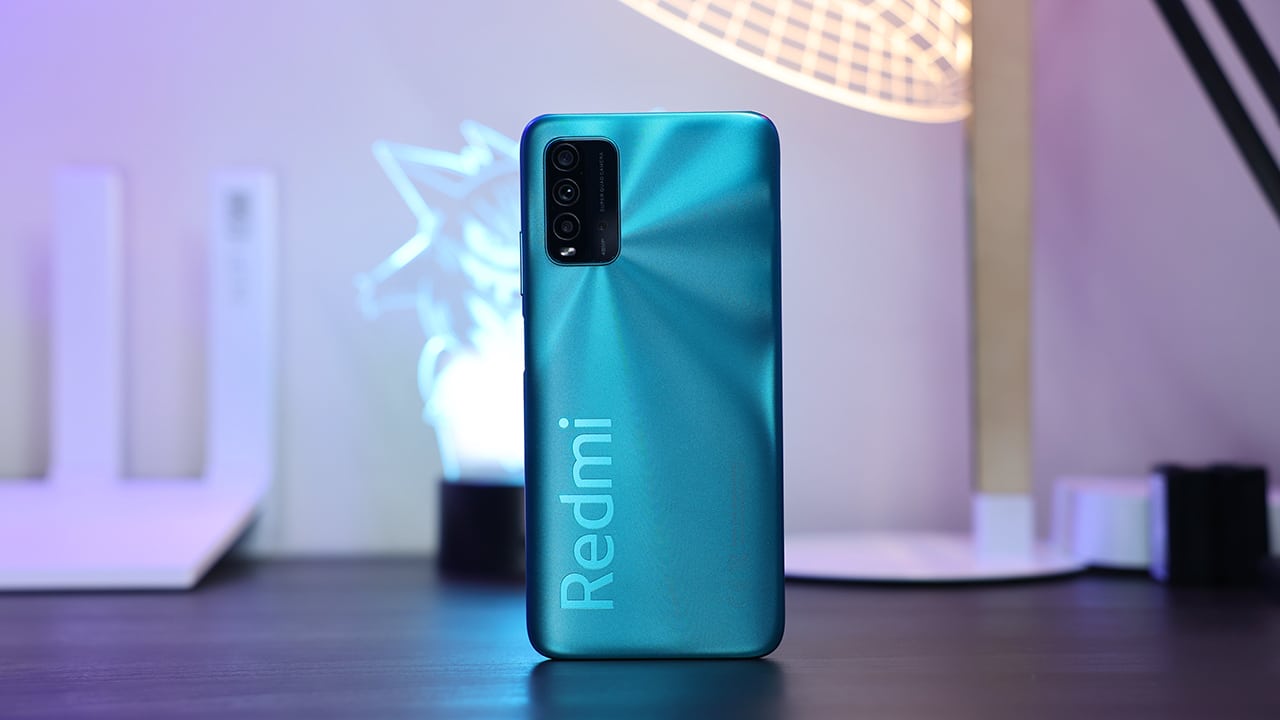
The Redmi 9T carries a simple yet thought-out design. It has rounded corners and an anti-fingerprint textured back that appears like the sun’s rays. It kind of reminds me of realme C3 from last year’s review.

Anyway, the back panel is available in different colors namely Carbon Gray, Twilight Blue, Sunrise Orange, and Ocean Green which is what we had for this review. For the camera module, it has a mirror-like finish surrounding the quad-camera setup of the Redmi 9T. More on the lenses later on.
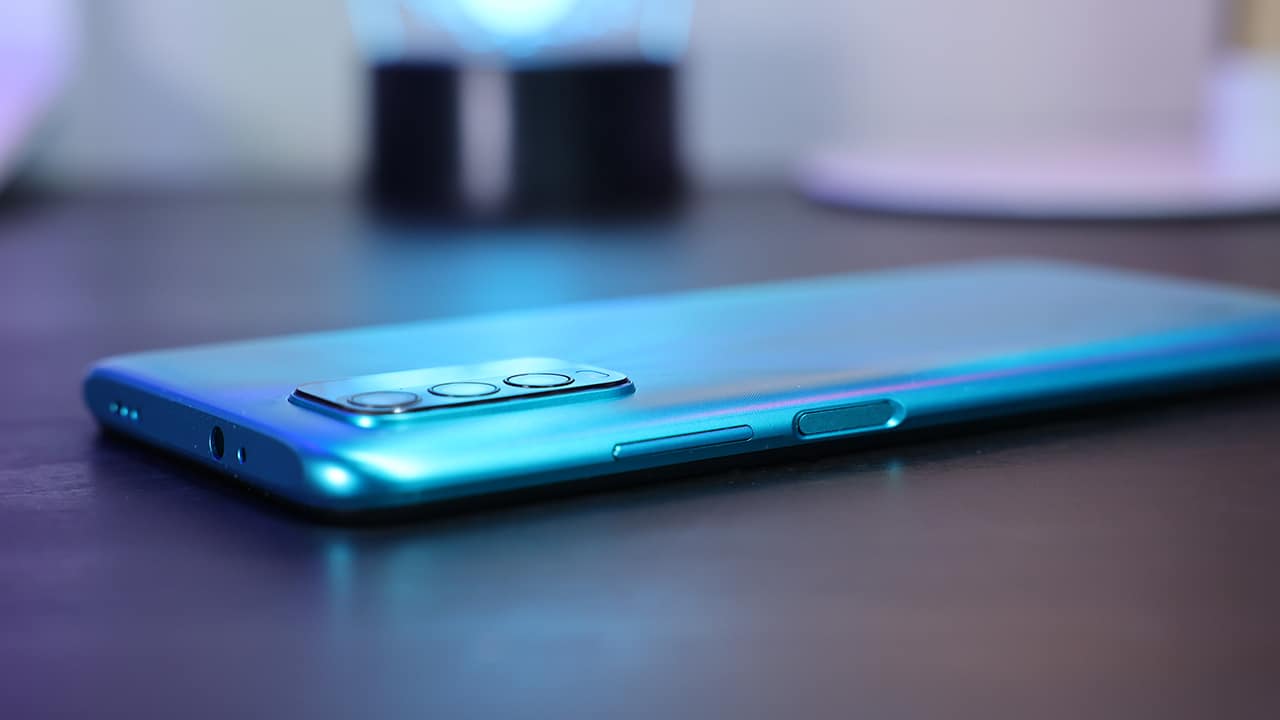
Talking about button placements, they’re all lined up on the right with the volume rocker right alongside its power/lock button that also doubles as a physical fingerprint scanner.
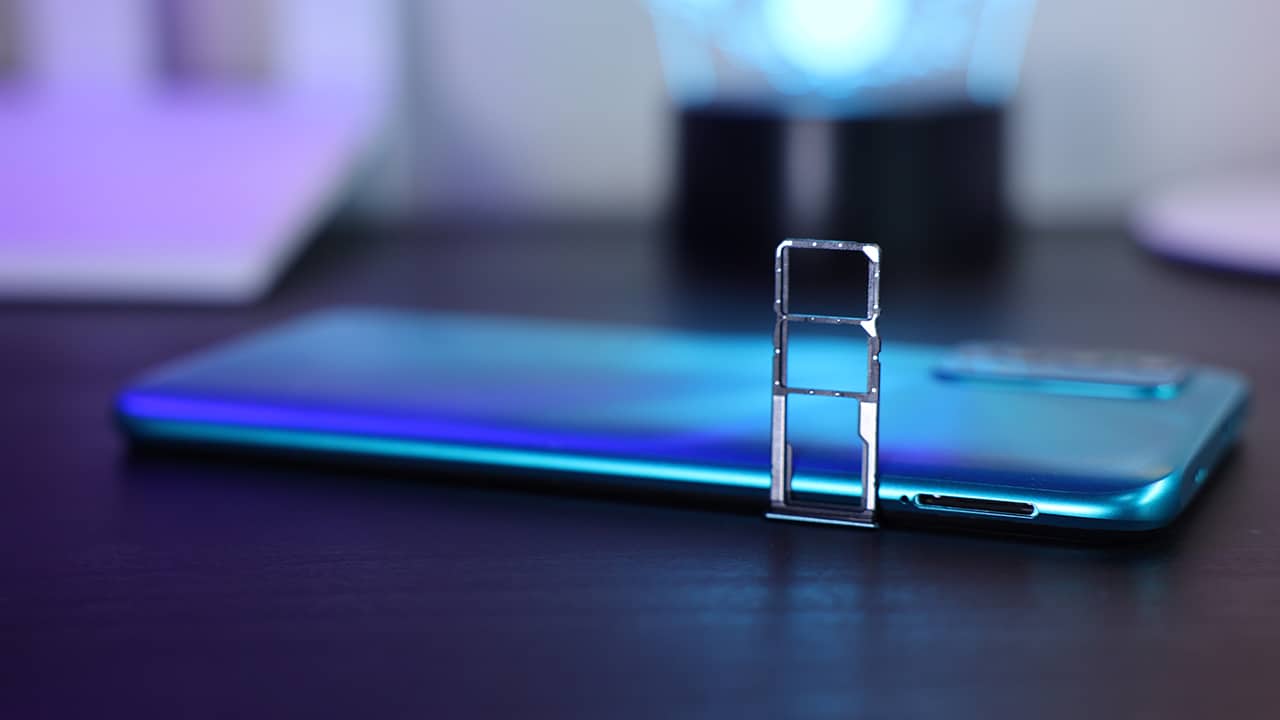
Meanwhile on the left is its Dual-SIM tray with a dedicated microSD slot for storage expansion.
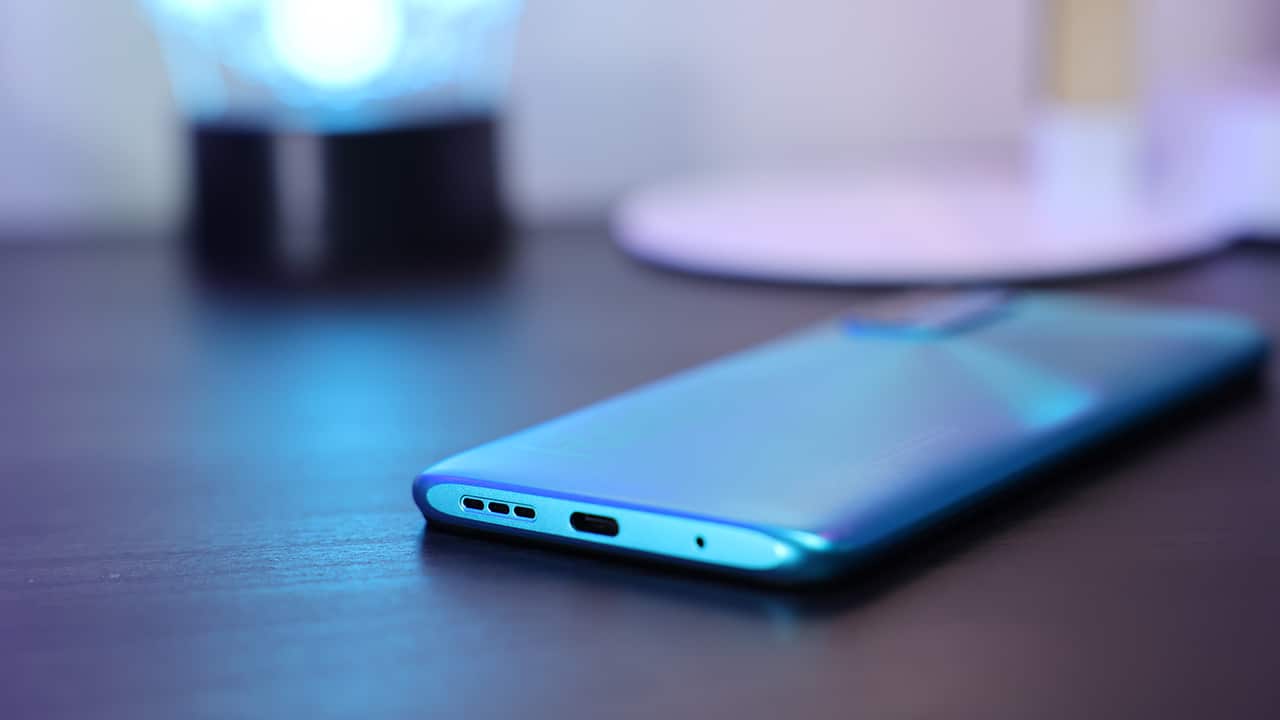
Down under is a speaker grille and a USB-C port for faster charging and data transfer. It’s nice to see more and more entry-level phones adapting to Type-C for connectivity.

And for mobile gamers and those who like watching on their phones, you’d be glad to know that it comes with a 3.5mm audio jack up top AND a second speaker grille so that media consumption is more immersive and with balanced audio left and right.
Overall, it’s got a solid feel on the hand and is on the chunky side which is understandable due to its large battery capacity. It definitely has a heft to it but not too much and one-hand operation is easy even when you spend a bit too much time scrolling on social media.
Display and multimedia
With gaming and power consumption in mind, the Redmi 9T features a large 6.53-inch Full HD+ display. The screen real estate is not fully maximized, though, as it has a small chin and a water drop-shaped camera notch.

Still, it’s more immersive than other phones with a regular display size when it comes to streaming videos or playing games. Colors are lively enough and clarity is more than passable.
Those on Netflix or other streaming platforms would be glad to know that this phone supports Widevine L1 so you can watch movies and TV shows in HD quality.
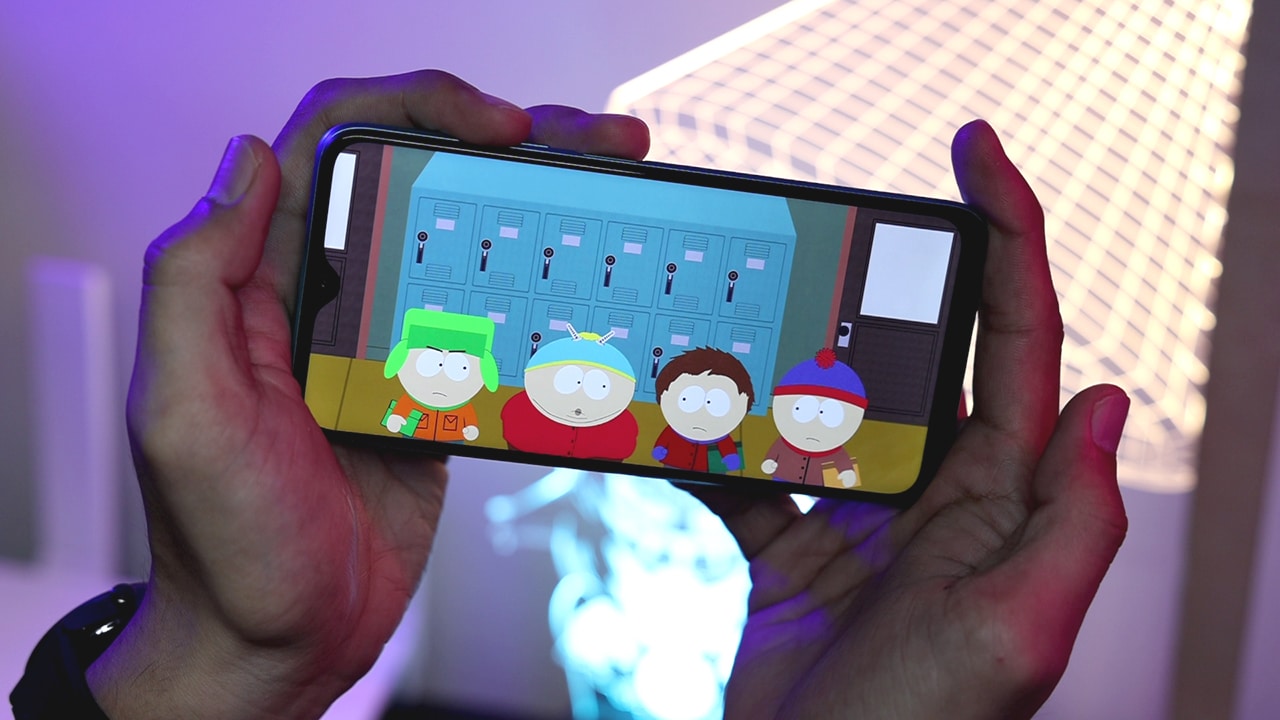
And to complete the mobile media experience, its stereo speakers are loud enough and can help put you in a different environment whether you’re going for a quick match with friends or watching your favorite TV show.
You also don’t have to worry too much about spending time on your phone as it passed and received TUV Rheinland Low Blue Light certification. And finally, reinforcing the screen is a Gorilla Glass 3 that adds a layer of protection against scratches.
Cameras
This is one department that the company is proud of for the Redmi 9T. Equipped with a quad-camera setup with AI, this phone promises to capture and produce quality images straight out of the camera.

With a 48-megapixel main sensor, 8-megapixel ultra-wide, and 2-megapixel lenses for both macro and depth, the Redmi 9T was able to capture overall decent images.
Outdoors, colors are vibrant without being too overly saturated. HDR improves the balance between light and dark areas and helps produce quality photos.
Shooting indoors, details are still intact but it’s a bit prone to showing artifacts when you look closely. It’s not a deal-breaker, though, and it still produces decent detail and colors. For selfies, you get almost the same level of quality with a good dynamic range.
The phone also comes with additional features like Movie Frame that makes your photos look like movie stills and time-lapse for capturing more creative shots.
Performance
Running at the heart of the Redmi 9T is a Snapdragon 662 processor. It’s a midrange CPU that not only makes it possible to improve photos captured, it also promises capable gaming with its onboard graphics processor.
It’s then partnered with 4GB of RAM and 64GB of storage with the option for up to 512GB of additional microSD storage. Definitely not the highest on a phone but it’s powerful enough for ordinary day-to-day tasks like scrolling through different social media feeds and switching between multiple apps.
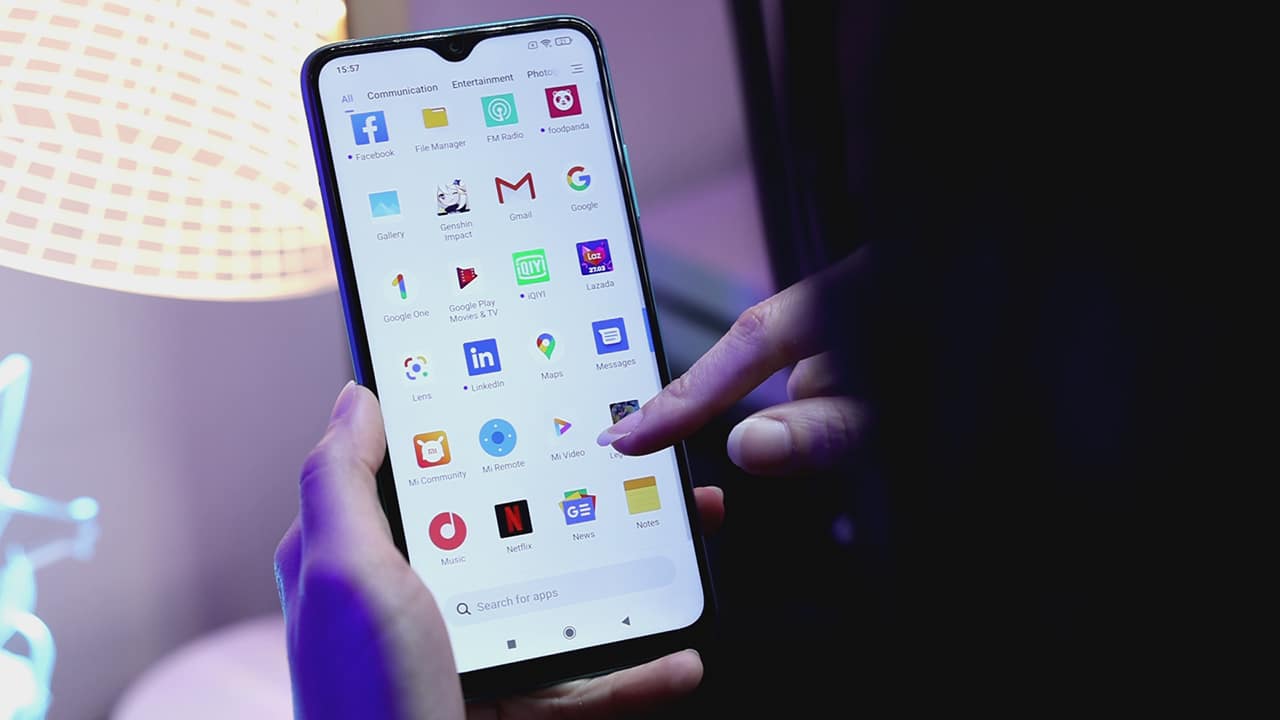
There are certain hiccups every now and then when you browse through MIUI 12 but overall, it was a smooth experience day in and day out.
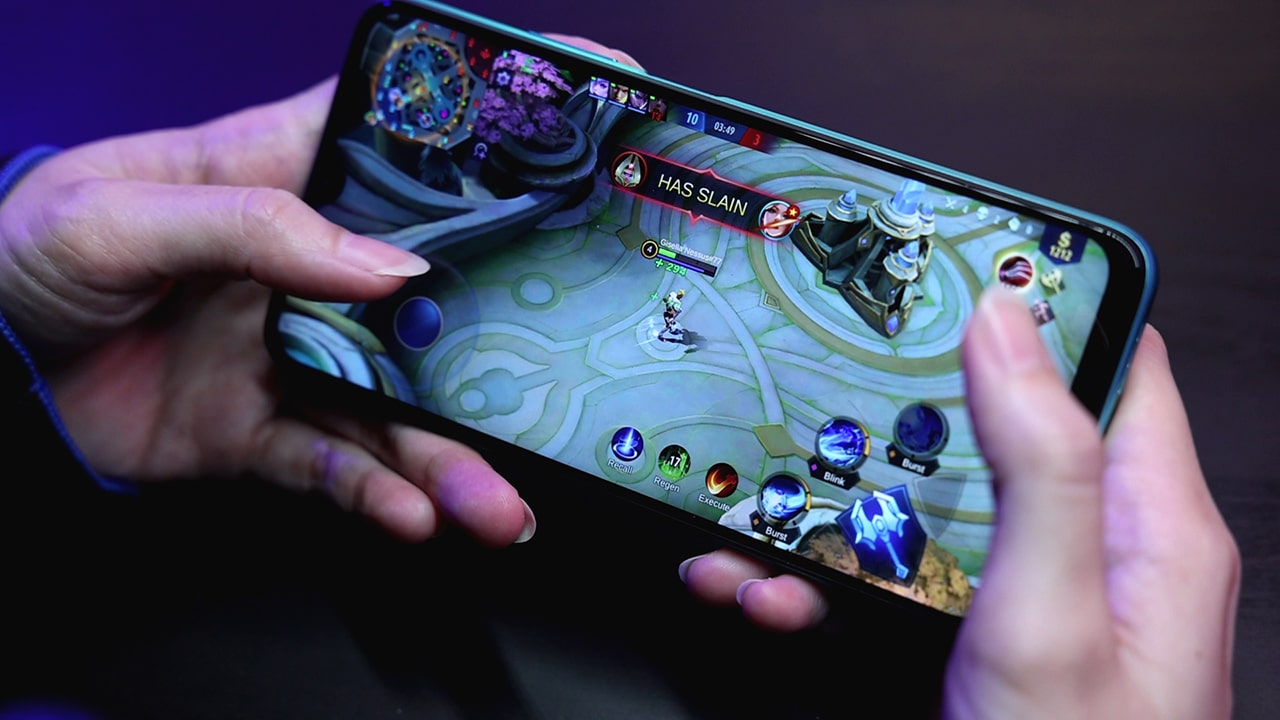
It was also able to run games like Call of Duty and Mobile Legends in high settings and with no distracting lags. Inputs were responsive enough especially for titles that need quick reflexes. It was also able to run heavier games like Genshin Impact but with settings on the moderate side.
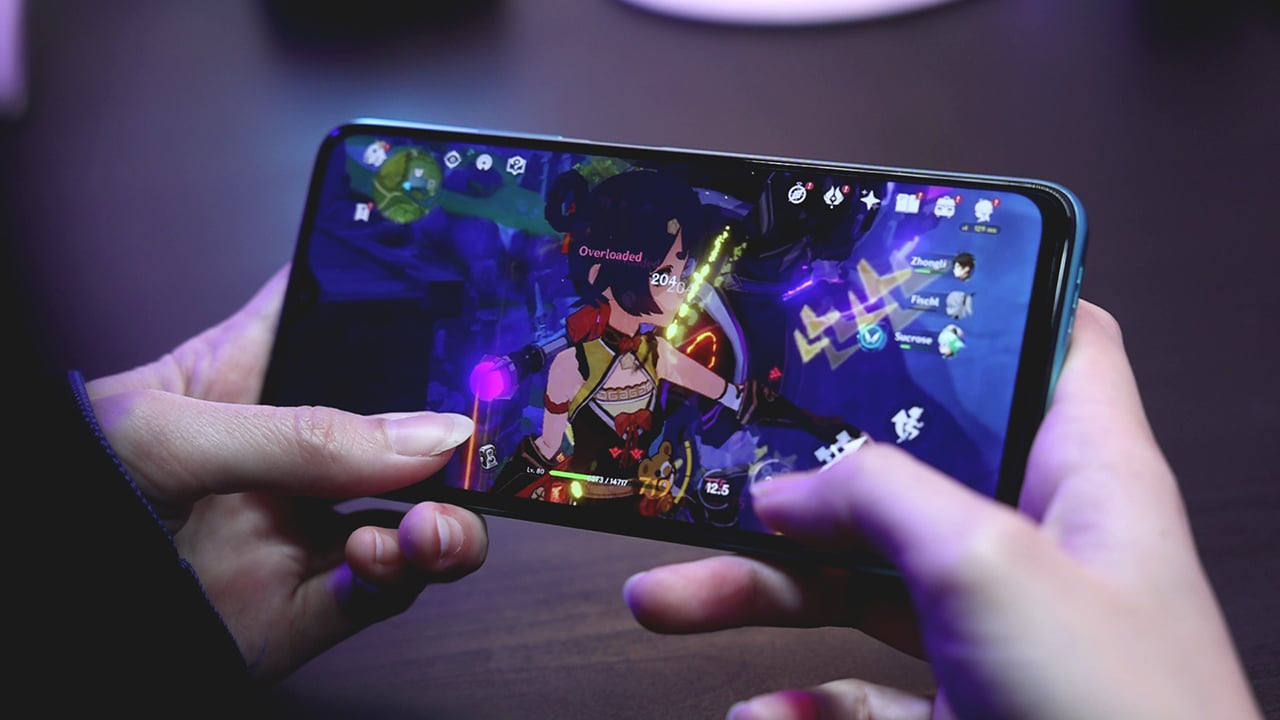
In terms of heat management, the phone does get warm while playing games but nothing too uncomfortable. With our time, the top part near the cameras gets warm after around 2-3 matches of Mobile Legends.
Battery
As mentioned earlier, the heft of the phone is mainly due to its large 6000mAh battery pack. This makes it possible to power its bigger-than-average display for extended periods.
As with our usual battery test, we subjected the device to stream a Full HD video with 50% brightness and no audio. This resulted in 13 hours and 35 minutes of continuous playback.
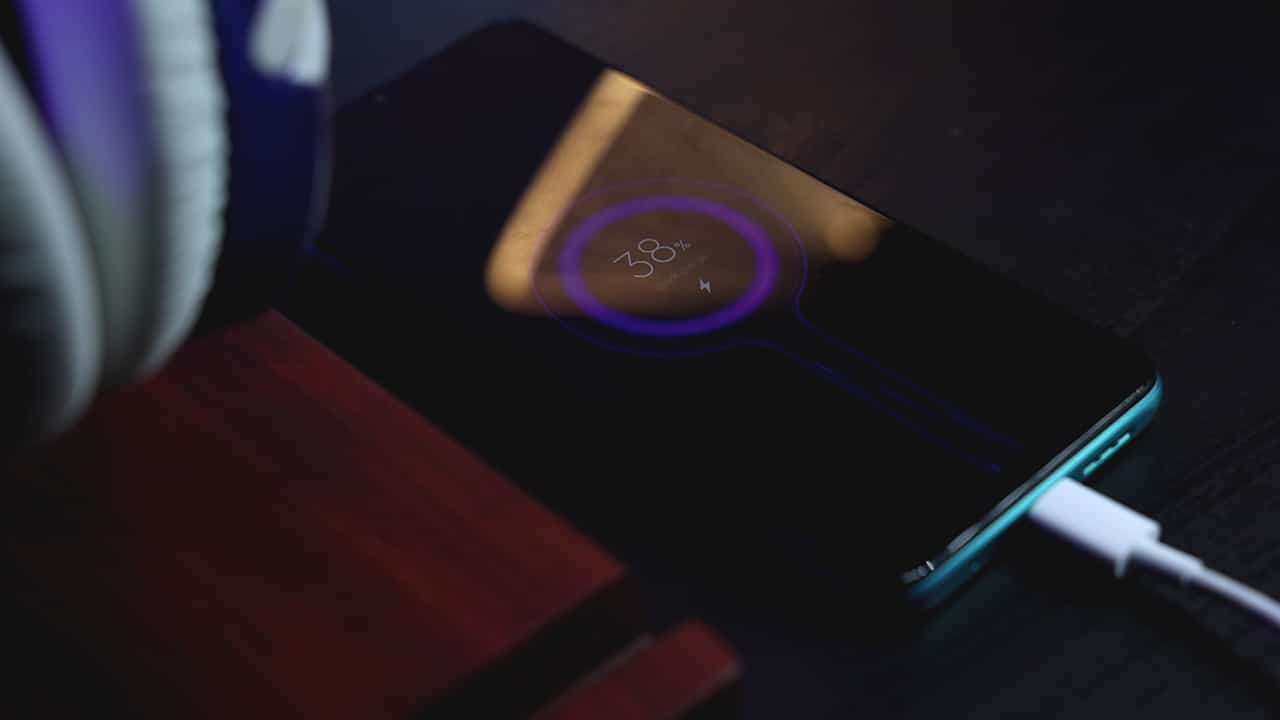
We’ve seen other phones with the same 6000mAh battery go beyond 13 hours. But they do have smaller displays so Redmi 9T’s performance wasn’t bad at all.
Plus, it even comes with MIUI’s power-saving mode so, with that activated, you should get more juice out of the phone. You may also choose to charge other devices via its reverse wired charging — something that might come in handy during certain situations.
And on top of those, it supports 18W fast charging and comes with a 22.5W charger. The difference is noticeable when compared to its competitors as the Redmi 9T fully tops up in just a little over two hours.
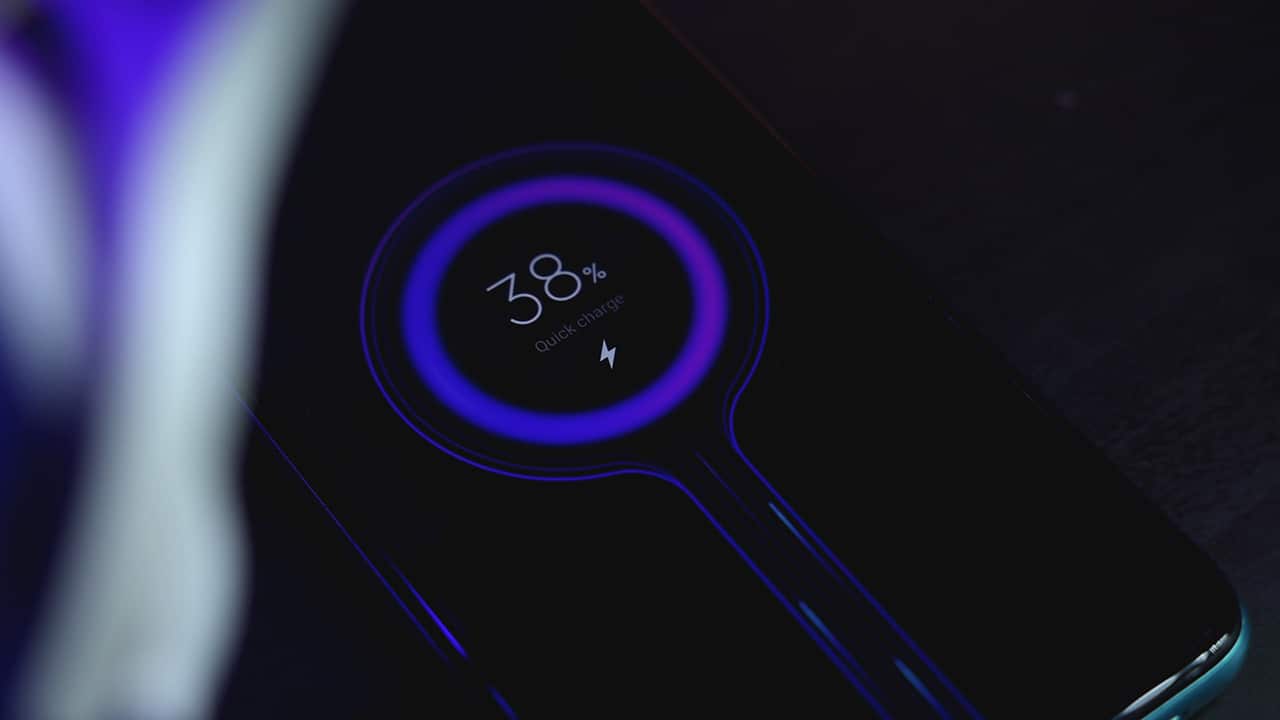
Phones with this battery size usually go for around three hours or more and that’s with fast charging already included. For comparison, the realme narzo 30A which is a little bit more affordable, clocks in at 3 hours and 30 minutes with the same battery specs.
Creature Feature
As always, in our reviews, The Modern Creatures aims to find special features in devices that would make them worth having — a Creature Feature if you will. And for the Xiaomi Redmi 9T, it would have to be its capable cameras and battery performance.
For an entry-level smartphone, the Redmi 9T comes with a decent set of optics and a useful lineup of features to achieve certain effects. Meanwhile, its battery performance is reliable for long periods of usage and comes with features that could save you when you’re in a pinch.
Final Thoughts

The Redmi 9T delivers adequate performance as an everyday phone with useful additions like a large, fast-charging battery. Gone are also the days when entry-level phones would only have basic camera tools as this phone carries AI-powered quad cameras.
With a price tag of PhP 6,999, the Xiaomi Redmi 9T is worth your hard-earned cash if you’re looking for an affordable but reliable smartphone.
